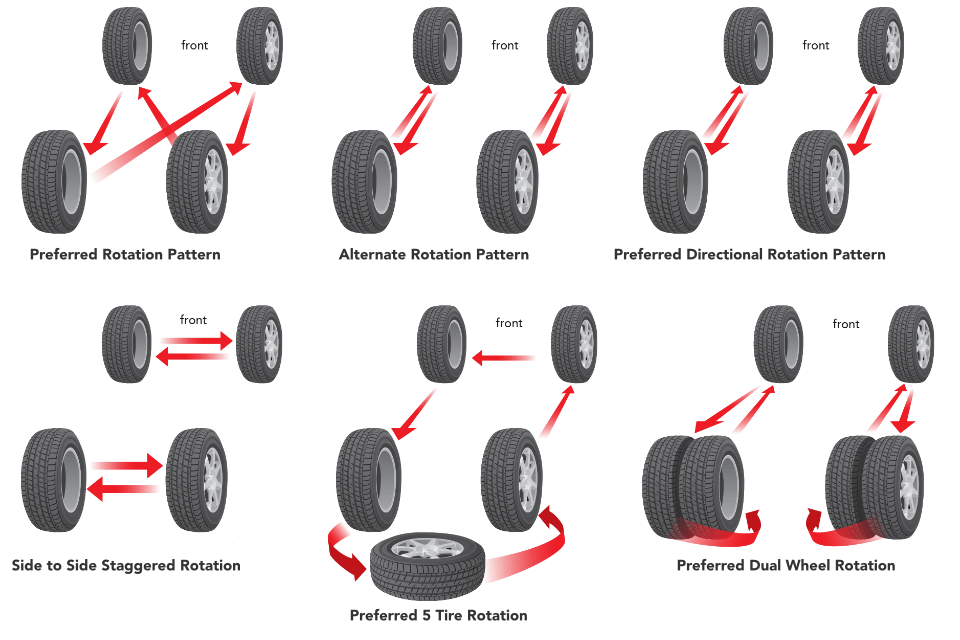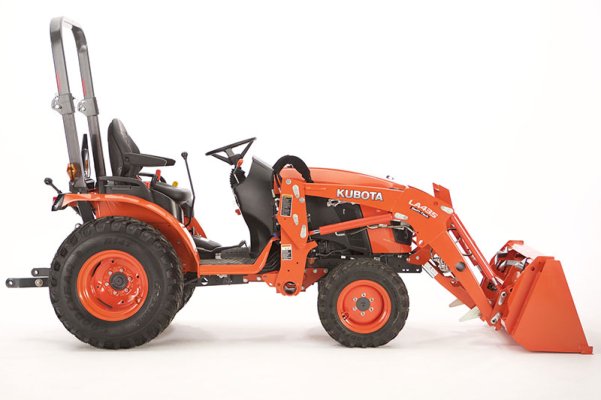easysurfer
Give me a museum and I'll fill it. (Picasso) Give me a forum ...
- Joined
- Jun 11, 2008
- Messages
- 13,155
Got some curious questions about rotating tires.
Do shops keep track of the tire positions since last rotation? Or are where tires rotated only in a certain direction?
For example, say I bring my car for a tire rotation but not to the same shop? I may get service done at a dealer and that includes a tire rotation.
Then months ahead, say I didn't like the dealer's service so I decided to go to a local repair shop instead. As part to the service at the new place is a tire rotation.
As you can see, two different tire rotations, but at different places. How do the shops know what tires go to which position during the rotating? Is the rotating always in a same direction like rotating during volleyball? So, in theory, always correct?
Do shops keep track of the tire positions since last rotation? Or are where tires rotated only in a certain direction?
For example, say I bring my car for a tire rotation but not to the same shop? I may get service done at a dealer and that includes a tire rotation.
Then months ahead, say I didn't like the dealer's service so I decided to go to a local repair shop instead. As part to the service at the new place is a tire rotation.
As you can see, two different tire rotations, but at different places. How do the shops know what tires go to which position during the rotating? Is the rotating always in a same direction like rotating during volleyball? So, in theory, always correct?


